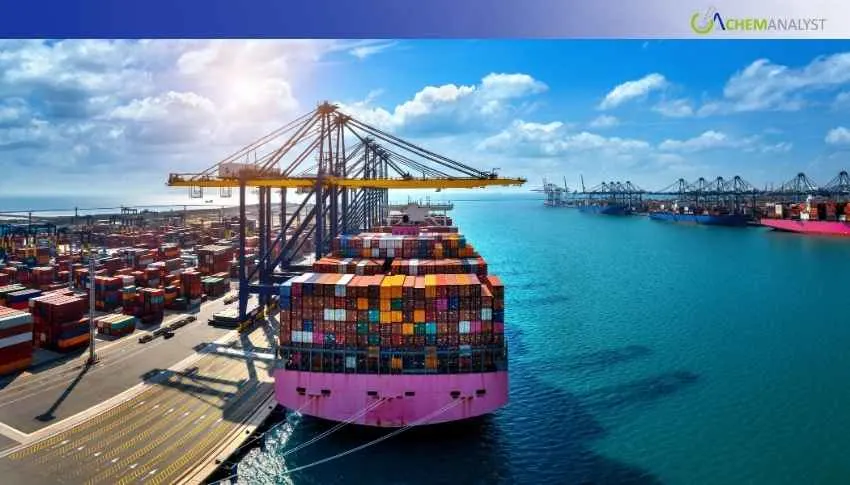Welcome To ChemAnalyst

In the week of 8–15 October, the Asia-U.S. trade corridor remained under pressure from softening demand. Spot rates continued to slide, with indices such as Drewry’s World Container Index showing a move downward to near multi-month lows. Shippers are holding back, and forwarders report muted volume ahead of the U.S. holiday season.
Tensions between the United States and China escalated as both countries implemented new port-entry fees targeting each other’s shipping sectors, marking the latest front in an expanding maritime trade dispute. The Office of the U.S. Trade Representative (USTR) began enforcing new “port entry fees” on Chinese-owned, operated, or built vessels calling at U.S. ports, effective October 14th. Under the measure, Chinese-linked vessels arriving from outside U.S. customs territory will be charged $50 per net ton, capped at five charges per vessel per year. The fee applies at the first U.S. port of entry for each voyage. Within hours of the U.S. announcement, China’s Ministry of Transport confirmed it would impose reciprocal port fees on U.S.-linked vessels, also effective October 14th. This Chinese measure targets ships that are U.S.-owned, operated, built, or flagged, and even extends to companies with 25 percent or more U.S. ownership or control. The new Chinese levy is set at 400 yuan per net ton (approximately US $56), similarly capped at five port entries per vessel per year. The fees apply to the first port of entry in China for each voyage.
Several shipping lines are now abandoning Transpacific services amid intensifying U.S.–China trade tensions. TS Lines has announced its exit from Asia–U.S. West Coast routes, while Hede Shipping has also reduced its service footprint. These exits highlight the financial strain caused by collapsing freight rates, new reciprocal port fee measures, and escalating political risks.
Blank sailings have surged to levels unseen since the pandemic. In October, 67 blank sailings are planned from China to the U.S. and 71 from the U.S. to China, surpassing COVID-era levels. Carriers are leaning heavily on void sailings to constrain capacity and defend rate floors in an otherwise weak demand market.
With all-time blank sailings, carrier pullouts, and rising policy tensions, the Transpacific trade is heading into a realignment mode. Carriers must be disciplined in capacity by pursuing selective blank sailings to match supply with demand and maintain rate integrity. Meanwhile, they must diversify trade risk by re-deploying capacity to intra-Asia, Asia–Europe, or U.S.–Mexico trades to hedge Transpacific risk. Cost structure optimization is also important for which carriers should stay away from fee-intensive ports as much as possible, re-examine port rotation economics, and hedge bunker and surcharge volatility. Clear and active communication with shippers is important to keep them trusted, such as advance notice of schedule changes and the impact of new port charges. Lastly, carriers must scenario-plan for possible escalation by having contingency routes ready and keeping fleet flexibility to quickly react to further tariffs, fees, or operations disruptions.
We use cookies to deliver the best possible experience on our website. To learn more, visit our Privacy Policy. By continuing to use this site or by closing this box, you consent to our use of cookies. More info.
